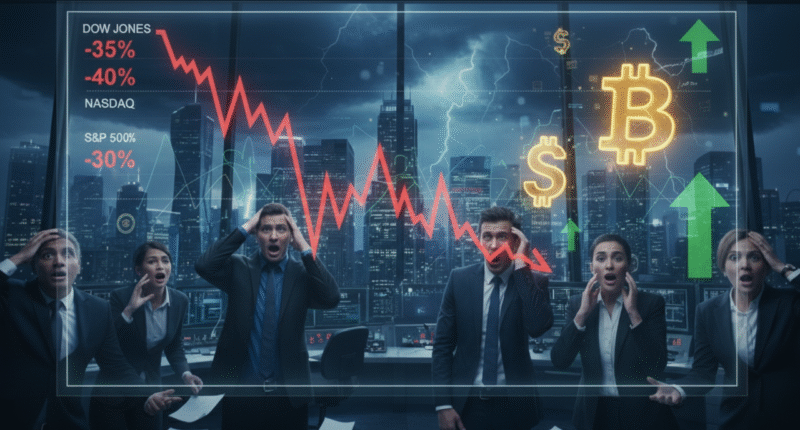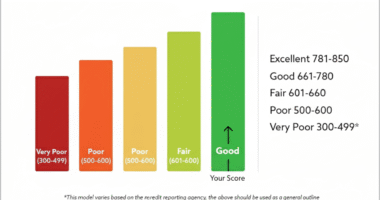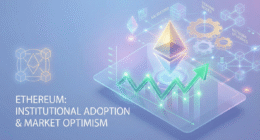Key Risks and What Investors Should Watch Now
Introduction
October 2025 has thrust US markets into a state of turmoil, reminding investors of the long, volatile history between October and dramatic downturns. Triggered by rising geopolitical tensions, especially renewed US-China trade hostilities, and compounded by deep-rooted economic anxieties, this month’s sell-off has investors on high alert. Here’s an in-depth look at why markets are rattling, the biggest risks driving the downturn, and what investors should closely monitor as the dust settles.
Causes of the 2025 US Market Meltdown
Tariffs, Trade Wars, and Geopolitical Shocks
The immediate catalyst for the October crash was President Trump’s unexpected announcement of a “massive increase” in tariffs on Chinese imports. This move came after China imposed strict export controls on rare earth metals—vital to tech and defense—and launched an antitrust probe into US tech giant Qualcomm. The rapid escalation fueled fears of “Trade War 2.0,” prompting the Dow Jones to plunge over 900 points and the S&P 500 to see its sharpest single-session decline since April.economictimes+2
Technology Selloff and Sector Ripples
The tech-heavy Nasdaq slumped almost 2%, led by steep declines in major names like AMD, Nvidia, and Tesla. Tech stocks, previously buoyed by AI enthusiasm and record highs, proved particularly vulnerable to trade uncertainty and supply chain threats.economictimes
October Volatility—History Repeats
October is historically Wall Street’s most volatile month, tainted by memories of Black Monday (1987) and the 1929 crash. This legacy triggers a “fear effect,” with investors primed for turbulence each autumn, amplifying reactions to negative headlines.economictimes
Key Risks for Investors in Late 2025
Policy and Political Uncertainty
Heightened trade tensions aren’t the only risk. With the White House signaling further tariff hikes and Congress debating fiscal policy amidst record US debt (now over $36 trillion), the threat of policy shocks remains ever-present.americancentury
High Valuations and a Potential Bubble
Stock valuations climbed steeply during previous rallies—fueled by AI optimism and easy monetary policy. Many experts warn that much of the market feels “priced to perfection,” and any disappointment could spark further declines.reuters
Inflation, Debt, and the “Debasement Trade”
Rising inflation and growing US debt are driving investors to hedge with gold and Bitcoin, both reaching historic highs in October. The so-called “debasement trade” is gaining popularity as the dollar weakens and bond yields climb, reflecting doubts about long-term US fiscal stability.cnbc+1
Earnings Season and Economic Data
Q4 earnings season begins amid significant uncertainty. Disappointing corporate results or negative guidance could accelerate the sell-off, while strong numbers might help stabilize investor sentiment.reuters+1
What Investors Should Watch Now
Market Signals and Fear Indices
Track volatility indices (like the CBOE VIX) for signs of panic, as surging fear often signals short-term selling pressure. Monitor technical indicators for support levels and potential trend reversals.cnbctv18+1
Safe Havens and Diversification
Consider diversifying holdings across asset classes, including defensive stocks, gold, and quality value investments. These may help buffer against further volatility and downside moves.americancentury
Fed Policy and Global Events
Keep a close eye on Federal Reserve communications regarding interest rates and inflation control. Major geopolitical events, such as changes in US-China relations or crises in other regions, can shift sentiment—and markets—overnight.reuters+1
Conclusion
The October 2025 US market meltdown is a wake-up call about the fragility of risk-on rallies in a world rife with geopolitical, economic, and policy uncertainties. Investors should brace for continued volatility, prioritize risk management and diversification, and stay alert for both threats and opportunities in this evolving landscape.economictimes+3










7 comments
Thank you
Thany.
Good to know
Many thanks for sharing like this.
Thanks for sharing.
good night 😴
Will watch out for market signals at this time as the article points out.